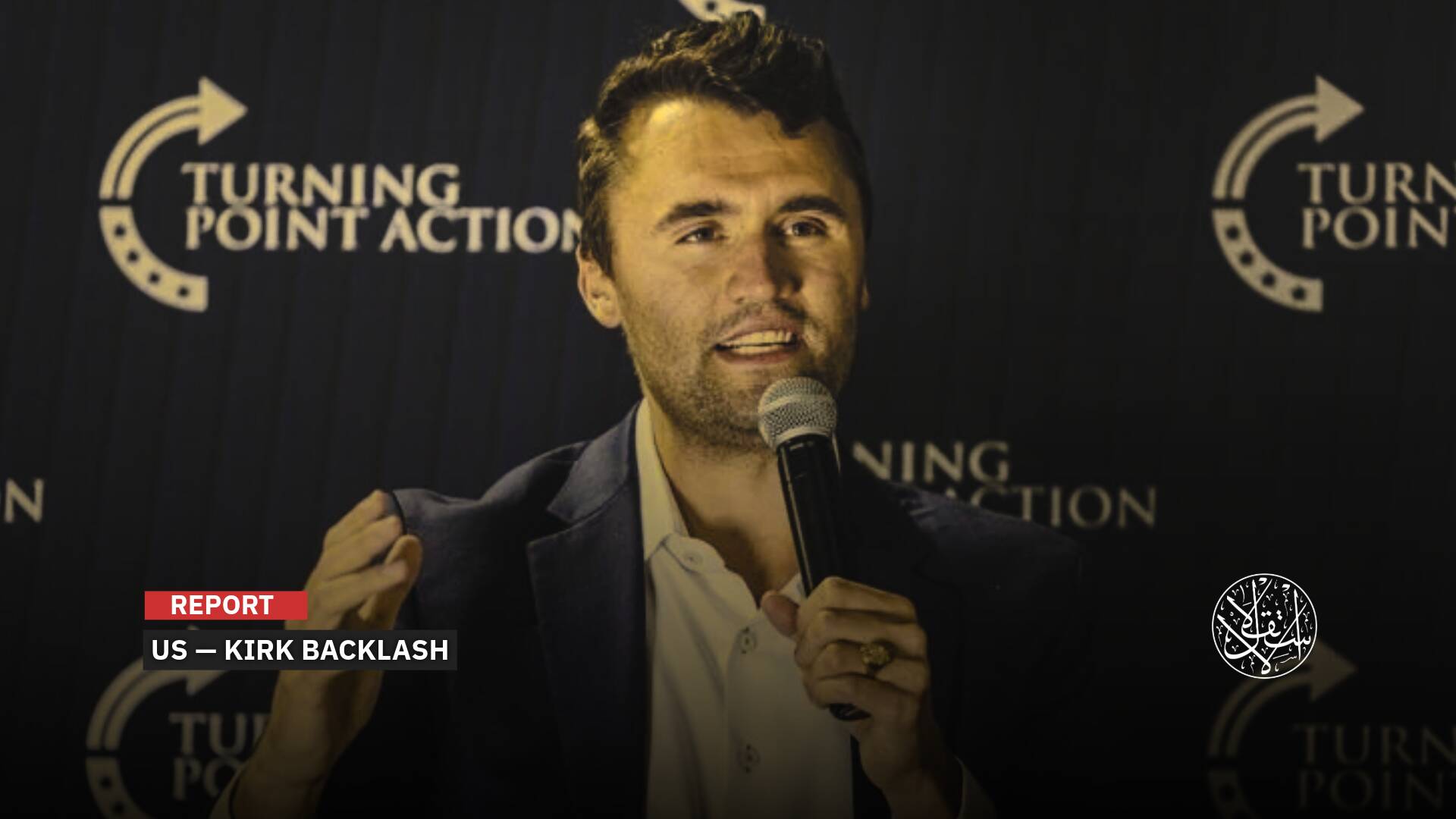These Are the Repercussions of the Wage Growth Decline for Workers in the US

Growth rates of workers’ wages in advanced economies have stalled or retreated from high levels at a time when the world is witnessing a wave of inflation. This is good news for central banks because it means that countries will not fall into a spiral of rising wages that lead to higher prices, and then having to raise wages again, and the cycle continues. However, its impact weighs heavily on low and middle-income families.
“That makes it more likely inflation could decline without a significant increase in unemployment,” explained the American newspaper The Wall Street Journal, Sunday, February 19, 2023.
But this has had a less positive effect on workers. Although the International Labor Organization (ILO) data indicates that wages increased in 2022 at a faster rate than in the two years prior, it was not increased by the same amount in all major advanced economies.

Sharp Slow
The Wall Street Journal indicated that the purchasing power of workers was lower in 2022 than it was in 2019 before the Coronavirus pandemic, and therefore, despite the strong demand for workers and the sharp decline in unemployment rates, the workers’ share of economic output has shrunk in many advanced countries.
Various measures also indicate that nominal—that is, non-inflation-adjusted—wage growth in the US has slowed sharply since the middle of 2022.
In this regard, the American newspaper indicated that the average hourly wage for workers in the non-agricultural private sector increased by 4.4% in the 12 months to January 2023, which means that it fell from 5.6% last March and lagged behind the rate of increase in consumer prices, which amounted to 6.4% during the year.
In Europe as well, a report issued by the Central Bank of Ireland and the recruitment company Indeed tracked wages announced via the Internet and concluded that the average wage growth in 6 European countries fell from 5.2% in November 2022 to 4.9% in December 2022, and the inflation rate in the eurozone reached 9.2% by the end of the year.

For their part, economists noted that wage growth tends to lag behind inflation rather than precede it, as workers and employers adjust wage expectations in relation to the rise or fall in prices.
Thus, the recent decline in wage growth may be a belated indication that inflation peaked in the summer and fall of last year in the US and the eurozone and then declined in the aftermath as energy prices fell sharply and pressures on the global supply chain eased.
Andrea Garnero, an economist at the Organisation for Economic Co-operation and Development (OECD), said that workers may ease their demands due to slowing economic growth and fears of layoffs. Trade unions in Europe are becoming more concerned about job security for workers than they are about wages.
For his part, Gabriel Makhlouf, Governor of the Central Bank of Ireland, explained that the workers’ demands for higher salaries were reasonable, and some of the reasons for this were due to the fact that incomes were supported by government aid during the epidemic and the energy crisis.
Workers are often the first to be caught up in a spiral of wages and price hikes. Higher wages raise costs for firms, which in turn raise prices to protect profits. In general, high levels of inflation hurt the working class.

Getting Poorer
High inflation is permeating workers’ wage demands, which indicates the beginning of a new spiral of wages and price hikes, says a report by The Economist magazine. Monetary policymakers are scouring the labor markets for signs of this and are in the lurch now. “They are in an awkward spot, because the idea that wages are rising too fast is politically toxic,” pointed out the magazine.
For example, America’s annual wage growth of 5.7% is clearly incompatible with the Fed’s 2% inflation target. However, as President Joe Biden celebrates the wage increase while Democrats and leftists blame corporate greed for the price hike, there is a lot of similar confusion and controversy elsewhere too, such as in the UK and other European countries.
American media reported that the gap between the richest Americans and the working class has reached new levels.
The published data showed that the gap between the wealthiest Americans and the working class reached new levels, as millionaires, who make up the top 1%, saw wage increases in inflation-adjusted dollars, while wages fell by 90%.
In 2021, the top 1% of income earners saw their annual wages rise by 9.4%, but the increase for the richest 1% in this category amounted to 18.5%.
This contrasts starkly with the wage trend of the bottom 90%, who took a pay cut of 0.2% in 2021 in real wages.
The Economist magazine added that this allowed the top 1% to grab nearly 15% of all wages in 2021.
A survey showed that US consumer sentiment declined in November, affected by persistent concerns about inflation and rising borrowing costs.
The University of Michigan said its preliminary reading of consumer confidence came in at 54.7%, down from 59.9% the previous month.

The Middle Class is Shrinking
The Consumer Financial Protection Bureau stated that financial well-being is deteriorating overall, according to a recent Making Ends Meet report.
Across the US, households couldn’t adjust their spending habits. Even as prices rise significantly, consumer spending hasn’t changed that much.
To bridge the gap, the CNBC report stated that, Americans are dipping into their savings accounts and running up credit card balances. That leaves them more financially vulnerable in the event of an economic shock.
The economists are now forecasting a possible recession; 62% of middle-income households said they need to get financially prepared, the insurance company Primerica—provides financial services to middle-income families in the US and Canada—also found.
The share of adults who live in middle-class households is declining. Now, 50% of the population falls in this group as of 2021, down from 61% 50 years earlier, according to the American think tank Pew Research Center.











